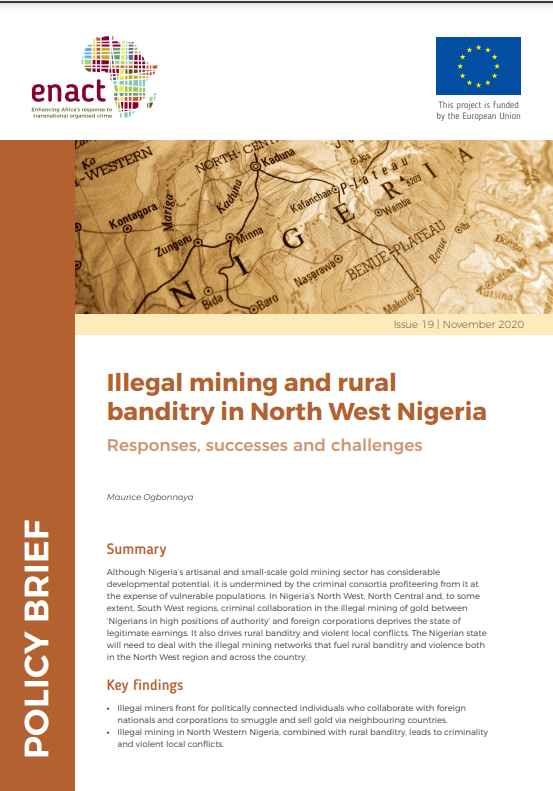By Raquel Rosenbloom
Agricultural workers in the United States not only support the US economy, but are also responsible for keeping people across the country and the globe fed. The agricultural sector contributed $1.055 trillion to the US GDP in 2020, with $134.7 billion coming just from farms. US agricultural exports were worth $139.6 billion in 2018.
The agricultural sector in the United States relies on foreign workers; 86 percent of agricultural workers in the United States are foreign-born and 45 percent of all US agricultural workers are undocumented. Seasonal and agricultural labor demands are also growing in the United States. Requests for the H-2A Temporary Agricultural Worker Program, which brings immigrants from abroad for periods of up to eight months to meet agricultural workforce needs, have more than doubled from 2010 to 2019. The program increased from 79,000 H-2A workers in 2010 to 258,000 in 2019.
CMS estimates characteristics of populations who would be eligible for general and population-specific legalization programs and for special legal status programs. Due to the cyclical nature of agricultural work, it can be difficult to estimate exact numbers and characteristics of workers with an annual survey.
According to CMS estimates, there are approximately 283,000 undocumented immigrants who work in the United States as agricultural workers. These individuals make up approximately 4 percent of the total undocumented workforce in the United States. Immigrants coming from Mexico comprise the majority of undocumented agricultural workers at 88 percent. Following Mexico, undocumented agricultural workers come from Guatemala (7 percent), El Salvador (3 percent), Honduras (2 percent), and Nicaragua (1 percent) (Figure 1). Approximately 63 percent of undocumented agricultural workers are male and 37 percent are female (Figure 2)
New York: Center for Migration Studies, 2022. 9p






















